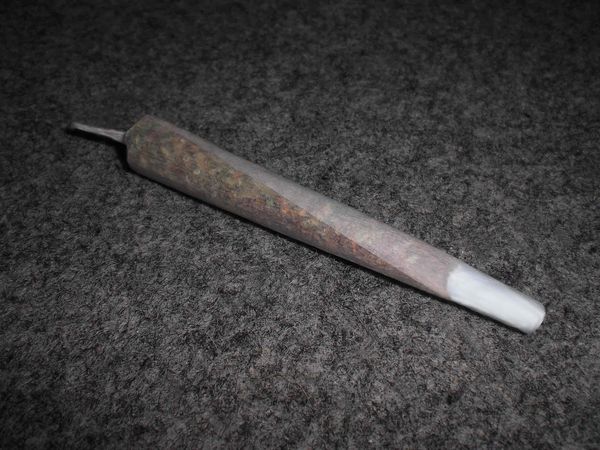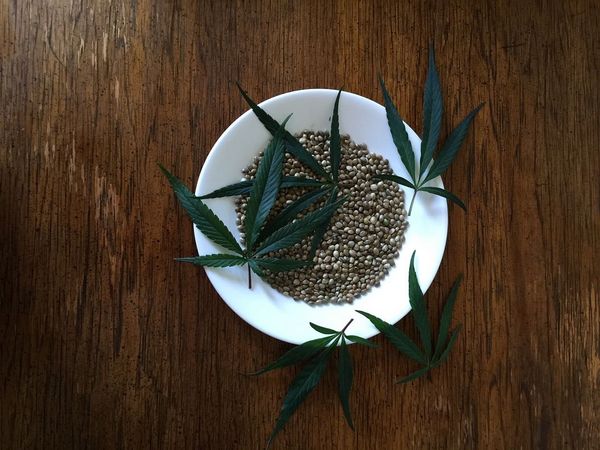- This, at first, would seem to be a strange, superfluous question. In reality, however, far from being a mere curiosity, it is extremely important to find a figure as close as possible to reality, as it affects the actual regularisation of the plant.
- Establishing policies for the legalization of marijuana largely depends on the answer to this question.

Greg Ridgeway, a professor of criminology and statistics at the University of Pennsylvania, and Beau Kilmer, of the RAND Corporation (a US laboratory of ideas), have jointly worked on a study that finally resolves a question that has been long left unanswered.
According to their extensive analysis, the average joint contains 0.32 grams of marijuana, a much smaller amount than that claimed in previous works on the subject – including one commissioned by the White House in the year 2014, which set the amount at 0.43 grams. Other studies have made even higher claims, closer to 0.5 grams.
"It turns out to be a critical number in estimating how much marijuana is being consumed, how much drug-trafficking organizations are putting on the market and how much states might expect in revenue post-legalization", says Ridgeway.

Prior to establishing this figure, Ridgeway's team interviewed 10,628 persons who have been arrested or convicted for marijuana possession over a period of 11 years in various areas of the United States. These interviews were concerned with the types of purchase involved, where the transactions took place and the amount of money paid for the substance.
Finding the latter figure is no easy task. After all, the price of cannabis does not conform to the inflationary situation of the decade in which the data are collected. Besides, each area has a completely different market. As Ridgeway has remarked, cannabis is more expensive in those areas that are furthest away from where it is grown due to the shipping costs generated.
In order to address this problem, the researchers used a mathematical model that allowed them to take into account the differing cannabis prices in various areas, as well as the inflation of the years in which the study was carried out.
With this datum at their disposal, the United States could gain more insight into the amount of cannabis that is being transported from Mexico, as well as of the size of its black market. In fact, its conclusions could be used in the debates on drug policymaking for a better understanding of illegal transactions. With the right information on the average amount consumed by users, the federal government can now estimate the size that a legal market could acquire in the country.
It thus emerges that not only does legislation play a key role in regulation, as statistics can also favour the decriminalization of cannabis by means of studies that help one to get a clearer picture of the scope of the market. This, after all, is an issue that affects various sectors of the population, as only with a majority support will governmental authorities begin to understand that a change of direction in marijuana legislation is needed.


Comments from our readers
There are no comments yet. Would you like to be the first?
Leave a comment!Did you like this post?
Your opinion about our seeds is very important to us and can help other users a lot (your email address won't be made public).